ORIGINAL RESEARCH
Published on 15 Mar 2024
Impact of glucocorticoids and rapamycin on autophagy in Candida glabrata-infected macrophages from BALB/c mice
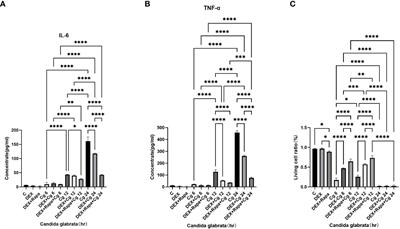
doi 10.3389/fimmu.2024.1367048
- 1,706 views
- 2 citations
9,366
Total downloads
29k
Total views and downloads
ORIGINAL RESEARCH
Published on 15 Mar 2024

ORIGINAL RESEARCH
Published on 08 Feb 2024

ORIGINAL RESEARCH
Published on 23 Jan 2024

ORIGINAL RESEARCH
Published on 11 Dec 2023
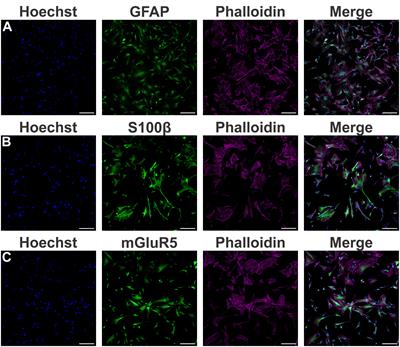
ORIGINAL RESEARCH
Published on 06 Dec 2023
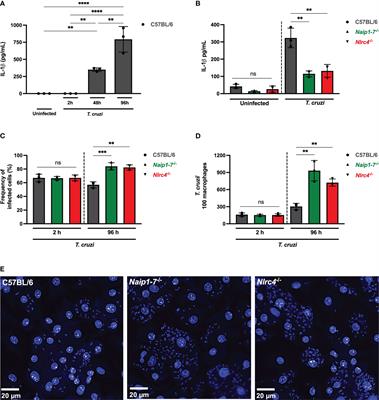
ORIGINAL RESEARCH
Published on 27 Sep 2023
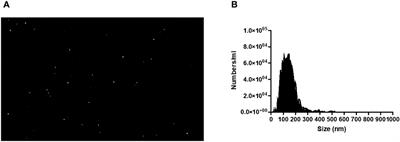
ORIGINAL RESEARCH
Published on 16 May 2023

REVIEW
Published on 09 May 2023
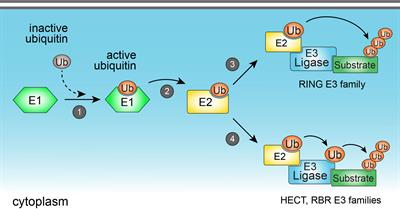
PERSPECTIVE
Published on 03 May 2023
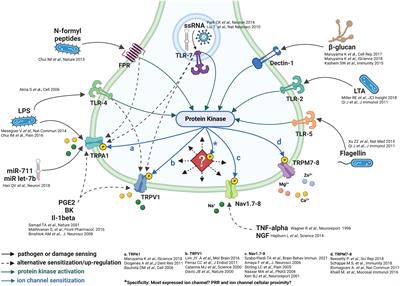
ORIGINAL RESEARCH
Published on 03 Jan 2023

ORIGINAL RESEARCH
Published on 13 Oct 2022
